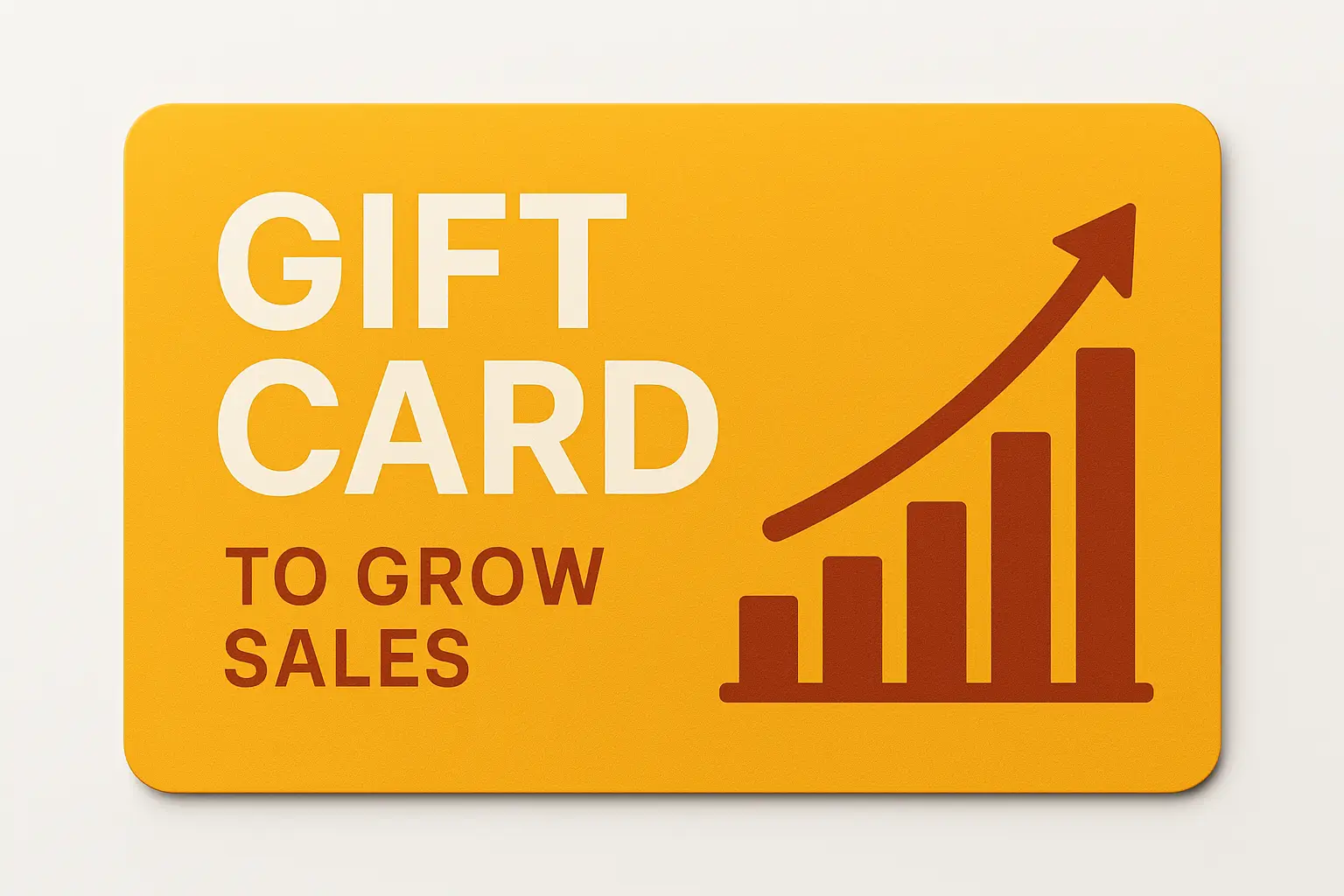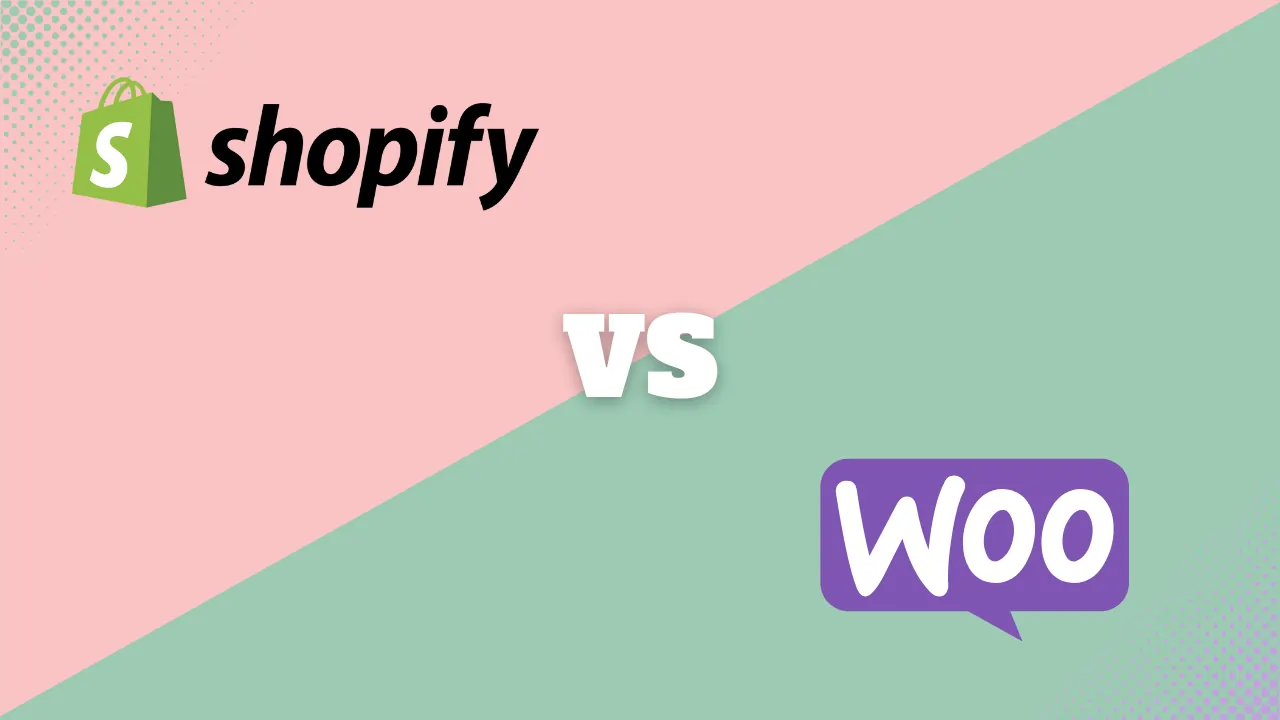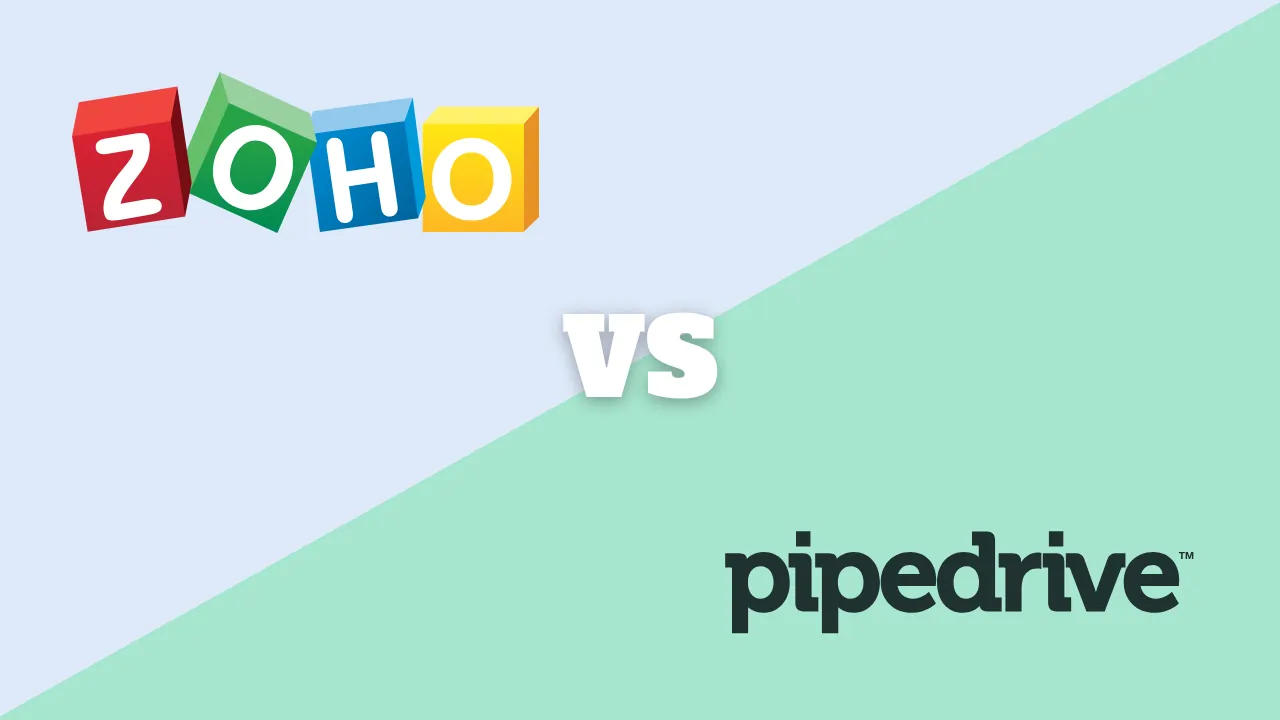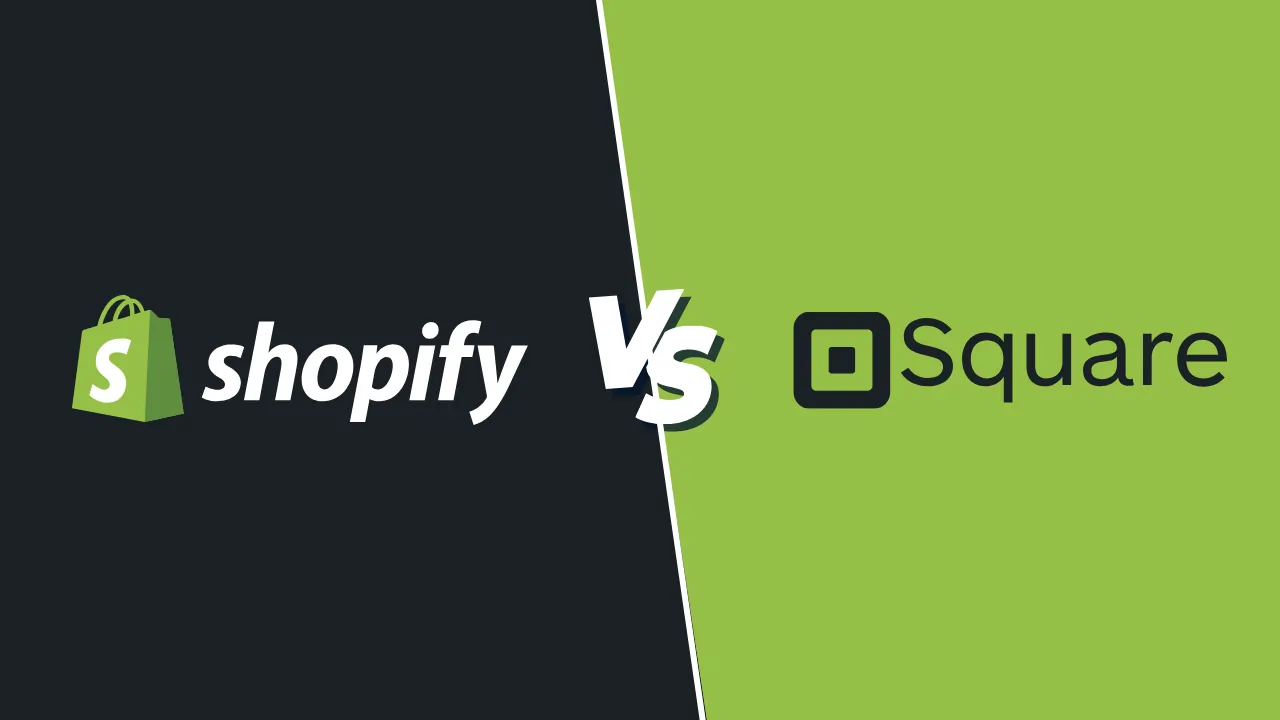How to use gift cards to grow sales

For a small business, a gift card is often an afterthought. But from a marketing strategist’s perspective, it is one of the most powerful and misunderstood tools in your arsenal. When you learn how to use gift cards to grow sales effectively, you unlock a multi-faceted engine for revenue, customer acquisition, and cash flow.
This is not just about selling a piece of plastic; it’s about executing a proven marketing strategy that has a direct, measurable impact on your bottom line.
The core marketing strategy: Why gift cards are your secret sales engine
To use gift cards correctly, you must first understand why they work so well. It is a perfect blend of consumer psychology and financial benefit.
The “Why”: Tapping into shopper psychology
A gift card is not treated like real money. It is treated as “found money” or “guilt-free” spending. This psychological shift is the secret to its power.
- It removes price sensitivity: A customer redeeming a $50 gift card is not looking for a $50 item; they are looking for an $80 item that they now only have to pay $30 for. They feel like they are getting a deal, and you get a higher-value sale.
- It serves as a personal referral: A gift card is a recommendation from a trusted friend. This cuts through all marketing noise and delivers a new, high-intent customer directly to your door.
- It offers the “gift of choice”: For the purchaser, it eliminates the stress of picking the “wrong” gift, making it an easy and popular purchase.
The “Impact”: Proven sales and customer growth
When you leverage this psychology, the impact on sales is direct:
- You get paid upfront: You boost your cash flow before any product or service is delivered.
- You get a new customer: Your existing customer pays you to acquire a new one for them.
- You get a larger sale: That new customer is statistically guaranteed to spend more than the card’s value.
📈 By the numbers: Key statistics every SMB should know
The data on gift cards is not speculative; it is concrete.
- 61% of consumers spend more than the value of their gift card.
- On average, that “overspend” is $38 more than the card’s original value.
- 44% of consumers will visit a new store they otherwise would not have because they received a gift card.
- The global gift card market is projected to reach over $1.4 trillion by 2026.
These numbers are not just for big-box retailers. They represent a fundamental consumer behaviour that your small business can and should capture.
The 4 pillars of gift card sales growth
Here is exactly how a gift card program translates into sales.
Pillar 1: Immediately increase average order value (AOV)
This is the most direct sales lift. As the statistics show, the majority of redeemers will overspend.
Strategy: Train your staff. When a customer pays with a gift card, it is a prime upsell opportunity. Instead of just completing the sale, train your team to say:
“You have $50 on your card. Would you like to see our new arrivals that it would pair perfectly with?”
This simple approach ties into your checkout flow and works best when your point-of-sale system supports prompts and customer-data capture. (See our guide on the best “Choosing the Right POS System for Your Small Business” for details.)
Pillar 2: Acquire new customers at zero cost
Your customer acquisition cost (CAC) is what you pay in marketing (e.g., ads) to get one new person to buy. A gift card is the only marketing channel where the customer pays you to acquire a new customer.
Strategy: Market your gift cards as “The Perfect Gift for the Friend Who Has Everything.” This language encourages your loyal customers to buy them for new people, expanding your brand reach with zero ad spend.
Because many modern POS and payment-platforms now include built-in gift-card and loyalty features, you’ll also want to ensure your merchant services partner supports them. (See our resource on “How to Choose a Merchant Services Provider for Your Small Business” for guidance.)
Pillar 3: Boost your immediate cash flow
When you sell a $100 gift card, you have $100 in cash today. The cost of goods for that $100 sale may not be incurred for weeks or months. This is essentially an interest-free loan from your customers. Additionally, a small percentage of cards (often 5–10%) are never redeemed. This “breakage” becomes pure, cost-free profit (always check your local state laws on expiration and escheatment).
Pillar 4: Build a loyalty program that increases lifetime value (LTV)
This is the expert-level move. Use gift cards proactively to drive behaviour.
- Instead of: “Get 15% off your next purchase.”
- Try this: “Spend $200 and get a $25 gift card.”
A 15% discount feels like a promotion. A $25 gift card feels like a tangible cash-reward. This reward guarantees a future visit, giving you a second chance to upsell them and securing a repeat customer. This is the foundation of building your loyalty program and increasing LTV.
Peak season strategies: How to win Black Friday and the holidays
Your busiest seasons are your biggest gift-card opportunities. Don’t just offer them — build entire campaigns around them.
The Black Friday “Gift & Get” strategy
Black Friday and Cyber Monday shoppers are looking for one thing: the best deal.
The Strategy: Run a “Gift & Get” or “BOGO” promotion. The most popular is: “Buy a $100 Gift Card, Get a $20 Bonus Card FREE.“
“Buy a $100 Gift Card, Get a $20 Bonus Card FREE.”
Why it Works:
- The purchaser feels they are getting a 20% bonus for themselves.
- You, the owner, just secured $100 in immediate cash and guaranteed two future visits:
- One from the $100-recipient (who will overspend)
- One from the $20 bonus-card holder (who will definitely overspend).
The holiday “Last-Minute Lifesaver” strategy
In mid-December, panic buying sets in.
The Strategy: Heavily market your digital e-gift cards as the “Instant, Perfect, Last-Minute Gift.”
Why it Works:
You are solving your customer’s biggest problem: stress and time.
An e-gift card can be bought at 11 PM on Christmas Eve and emailed instantly.
Ensure your e-commerce integration is seamless and you have a “Gift Cards” banner on your homepage all December.
The “January Re-Engagement” strategy
January is notoriously slow for many businesses.
The Strategy: In the first week of January, send an email to your entire list:
“Got a gift card for the holidays? Now is the perfect time to use it. Check out our new arrivals.”
Why it Works:
Reminds customers of their “free money” and drives traffic during a slow period, helping to smooth out your revenue.
Gift Cards vs No Gift Cards
A fast, data-backed comparison for small business owners
| Business Metric | Using Gift Cards | Not Using Gift Cards |
| Average Order Value (AOV) | Customers overspend an average of $38 above card value. A $50 gift card typically becomes an $88 sale. (Source: Paytronix Gift Card Report) | Customer spends only what they intended. A $50 shopper usually stays close to $50. No psychological “free money” effect. |
| Customer Acquisition Cost (CAC) | $0 CAC. Existing customers pay you to bring in new customers through gifting. 44% of recipients visit a store they’ve never been to before. (Source: First Data) | New customers require paid ads, discounts, or marketing campaigns. CAC often ranges $12 to $40+ depending on industry. |
| Cash Flow Impact | Immediate cash flow. You get the money before providing the product or service. Plus 5% to 10% breakage becomes pure profit. (Industry average) | No upfront revenue. Cash collected only when a customer buys. No breakage profit. |
| Repeat Purchases / Loyalty | Gift card promotions like “Spend $200, get a $25 card” generate predictable repeat visits. Guaranteed return trip. | Discounts often drive one-time visits with no guarantee of return. Lower customer lifetime value. |
| Holiday & Seasonal Revenue | Gift cards drive up to 20% of total holiday sales for many SMB retailers. (NRF data) | Sales rely only on product demand and promotions. No additional seasonal revenue boost. |
| New Customer Conversion | Gift card customers convert at a higher rate because someone trusted recommended your business. Warm referral. | Cold traffic from ads and promotions converts significantly lower. No pre-built trust. |
| Upsell Power | Staff can use a simple upsell script: “You have $50 on your card. Want to see something that pairs well with that?” Results in bigger baskets. | Upselling relies fully on staff skill. Customer is more price-sensitive without “free money.” |
| Perceived Value to Customer | Gift card feels like free money. Reduces price sensitivity and increases purchasing confidence. | Discount feels like the business “loses money,” and customers expect more deals. |
How to launch and manage your gift card program
Choose your platform: Digital vs. physical
You must offer both.
- Physical Cards: Essential for in-store, at checkout impulse buys under your POS system.
- Digital Cards: Critical for e-commerce, last-minute gifts, and loyalty/referral programs. Most modern platforms combine these features, so check your system supports both.
When you evaluate your tech stack, you’ll want a solution that integrates smoothly with payment processing, reporting, and customer-management tools.
Promote your program everywhere
A gift card is a product. You must market it.
- In-Store: Have a professional display at your checkout counter.
- On-Site: Have a clear “Gift Cards” link in your website’s main navigation menu.
- Email: Include a “Buy Gift Cards” link in the footer of every marketing email.
- Social Media: Run a giveaway where the prize is a gift card to build awareness.
Frequently Asked Questions (FAQ) for SMBs
Q: Are gift cards still profitable with processing fees?
A: Yes. The profit you gain from breakage (unredeemed cards), overspend (the AOV lift), and new customer acquisition will far outweigh the minimal processing fees, which are often the same as a regular credit card transaction.
Q: What’s the difference between a gift card and a coupon?
A: A coupon is a discount that costs you margin. A gift card is a pre-payment that secures a future sale and is often profitable through breakage and overspend.
Q: How do I handle lost or expired gift cards?
A: This depends on your policy and local laws. Many states prohibit expiration dates. For lost cards, having a digital system that can look up a card by the purchaser’s email is a huge customer service win.
Q: Should I offer digital, physical, or both?
A: Both. Physical cards are great for in-person gifting and displays. Digital cards are essential for e-commerce, last-minute purchases, and use in loyalty and referral programs.
The final word: Stop selling cards, start selling growth
Gift cards are not a passive transaction. They are an active marketing strategy.
By understanding the psychology, tracking the data, and building campaigns around them, you can turn this simple tool into one of your most reliable drivers of new sales, new customers, and long-term loyalty.




